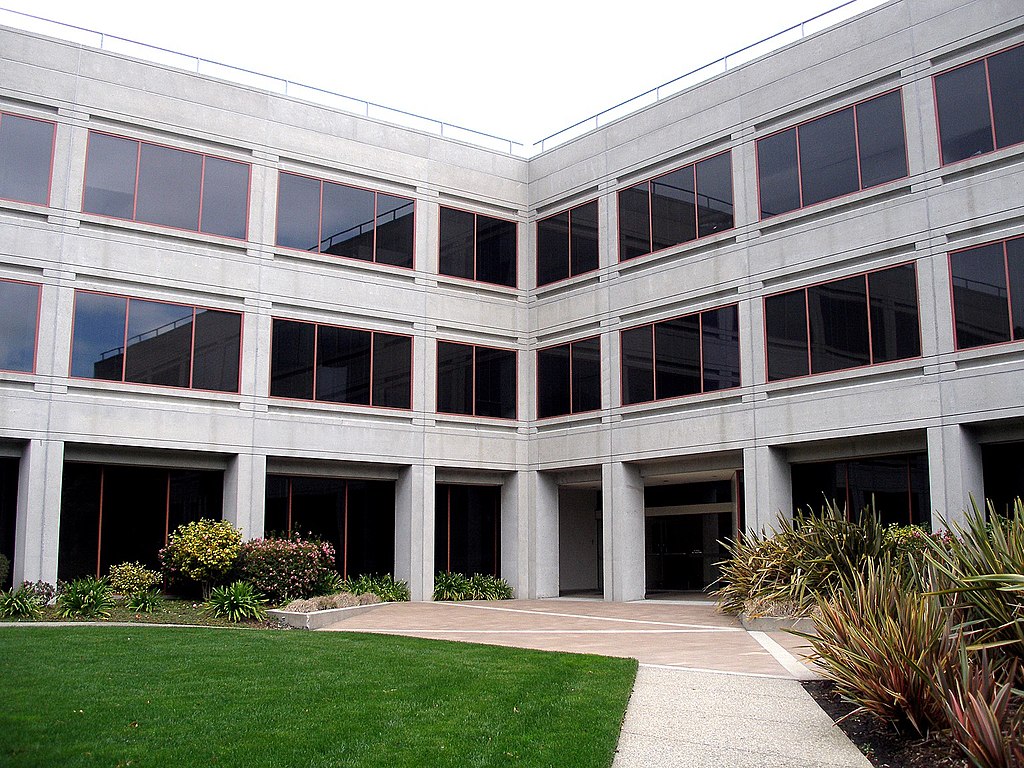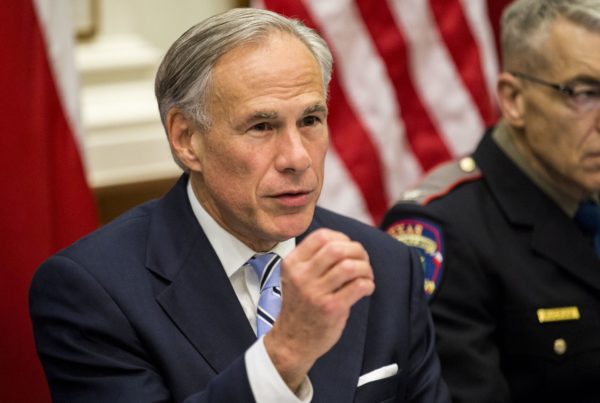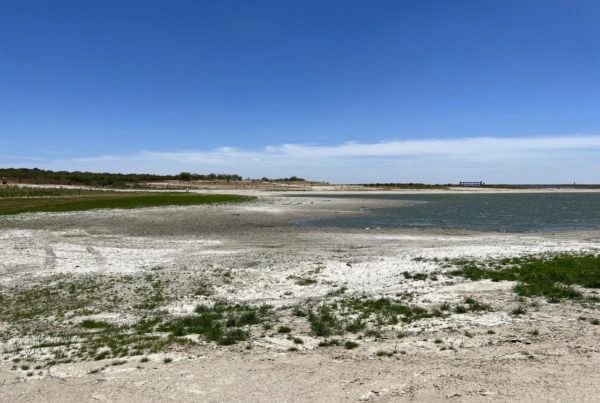YouTube is the dominant video platform on the Internet, and it has been for more than 15 years. Today, users upload 500 hours of new video each minute, and Google, which owns YouTube, makes billions from the site.
But YouTube has also faced existential threats, like managing creators who produce disturbing or illegal content, even as they rake in money for the platform. Copyright holders have also spent years battling to keep their works off YouTube, or to share in the massive profits the company reaps.
Bloomberg reporter Mark Bergen’s new book, “Like, Comment, Subscribe: Inside YouTube’s Chaotic Rise to World Domination,” chronicles YouTube’s rise from its startup days above a Bay area pizza shop to its acquisition by Google and controversies over violence and misinformation. Listen to the interview above or read the transcript below.
This transcript has been edited lightly for clarity:
Texas Standard: So how did YouTube get started? What did the founders want to create?
Mark Bergen: They knew they wanted to create something in video. Online video awas just becoming a new phenomenon. But it was still pretty clunky to watch, to upload, to share files. You know, initially one idea they batted around it was a dating site. And the assumption being, well, why else would you want to upload video or watch amateur footage online then to attract a sexual partner?
One of the ways that they moved in the direction that they went in is because they noticed that people were out there. They were uploading videos – homemade videos, user-generated content – and people were watching. And I think that was a phenomenon that the company really wasn’t prepared to handle and kind of surprised them. And in the early days, they built the player, a video player that could exist on other side from the Internet. It was fairly accessible and simple and intuitive. And from there, it just took off.
What was it that Google saw in YouTube when it acquired it in 2006?
It saw a couple of things. One is, Google had a competitor at the time called Google Video that was not doing well. YouTube was eating its lunch. And YouTube had a finger on the pulse of youth culture in a way that Google never did.
The second major factor was that YouTube was, and still is, a gigantic search engine. People go there to look up how-to videos. They go there to look for funny entertainment. They look to pass the time. And Google’s primary fear was being replaced as the main gateway to the Web. And so that’s a major reason why they were willing to shell out so much for YouTube.
One of YouTube’s early struggles was with copyright: media companies and other folks suing over content of theirs that had been uploaded. Were these suits generally successful, and how did YouTube overcome the copyright issues? There’s a lot of copyrighted material on the site today.
Yeah, the first major lawsuit was from Viacom, which owns Comedy Central, MTV and Nickelodeon. They came after YouTube and accused them of knowingly uploading their pirated material and making money from it. It was a long, drawn-out lawsuit, which YouTube won for a couple of reasons. One is they have very good lawyers. But they were able to demonstrate that the way the Internet works, a platform can’t necessarily identify what is copyrighted material and who owns it. And in some cases, Viacom told them, “hey, you’re pirating this this clip from CBS or from MTV.” But what actually was happening was that someone in the marketing department of CBS was posting it sort of surreptitiously onto YouTube because it was a very powerful marketing platform it was a way to reach audience.
One of the early big hits was “Lazy Sunday,” an SNL short, and this arguably revitalized SNL because they can reach new audience. YouTube also built this system called Content ID. That’s basically the world’s most advanced fingerprinting system, where a record label or movie studio or upload their footage to the system. And then YouTube can automatically identify when someone else has uploaded a clip from a movie or a TV show. And then YouTube basically goes to the copyright owner and says, “Yeah, we can take it down. Or if we keep it up, we’ll just give you the ad revenue.” And so that was a genius product that basically kept YouTube in existence and succeeded in and making it a big commercial success.
It’s a complicated system. It’s something that, if you’re a YouTuber, you kind of have to understand the ins and outs of this Content ID. It’s very automated and confusing, and there’s no one really to call if you have a copyright dispute. The stat they shared was that there were, I think at one point last year, about 4 million copyright claims a day.
Copyright is by no means the only problem that YouTube faces when it comes to moderating its content. There are issues with pornography, hate speech, extremism and violence being uploaded to the platform. And there is a tension between the creators who post this kind of content and critics who want to see it reined in. Could you tell us a little bit about how the company is still trying to address those issues?
Right now, I think they have different levers that they can pull that say, Facebook and Twitter don’t have. And one of those is because they have this massive creator economy. They started to “demonetize” – so they’ll remove ads from certain videos if they think it’s sort of not safe for their advertisers. They’ve started to remove videos from their recommendation engine, what they call “borderline” videos. This is content that doesn’t break their rules but comes close enough to potentially cause harm or create egg on the face for the company, so they’re no longer going to promote them algorithmically.
They’ve also dramatically changed their rules around kids’ content, around online harassment, around hate speech, around misinformation during the pandemic, the kind of videos you can make around elections. And they’re trying, ahead of the midterms, to tighten those rules and enforcement. It’s a constant cat and mouse game in part because of the way that YouTube’s setup is meant to be an equalizer, where everyone can be a news channel, everyone can be a celebrity, and they’re still going to be coming to grips with what that means.
A lot of folks have parlayed YouTube videos into a very lucrative career. Has that peaked, in your opinion, or are we going to see YouTube creation as a road to stardom or a potential road to stardom as a as a viable path for folks?
Oh, I don’t think it’s peaked at all. There was a sense early on that it would be kind of a platform to conventional Hollywood. And internally at YouTube, they called it the “SNL model.” Right. Like the early SNL stars went on to make TV and movies. It hasn’t really worked out. Lilly Singh was a popular YouTuber who was given a late night show. That show didn’t really go anywhere.
Their biggest competition now is TikTok. And how many creators will find more success and maybe invest more of their time making TikTok videos than on YouTube? Thus far, YouTube remains the gold standard for making money on the Internet.
Is there a YouTube rabbit hole or guilty pleasure that that you have in your Internet history that you care to divulge at the moment?
Oh, my God. Sure. Yeah. I mean, during the pandemic in particular, like a huge NBA nerd and then will find myself spending hours watching.














